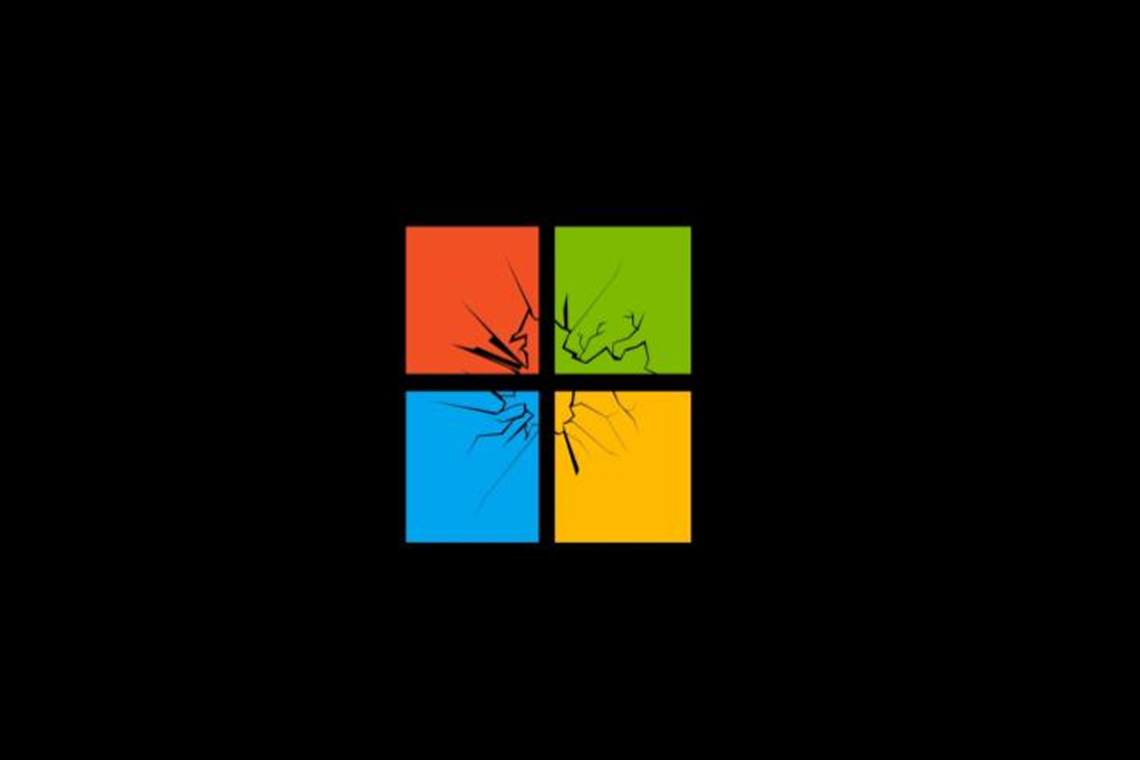A critical Remote Code Execution (RCE) flaw in Microsoft’s Windows Graphics Component allows attackers to completely seize control of systems using specially crafted JPEG images.
This vulnerability, tracked as CVE-2025-50165 (CVSS score 9.8), poses a severe global threat because its exploitation requires no user interaction.
The JPEG Image Threat
The issue stems from an untrusted pointer dereference in the windowscodecs.dll library, which affects core image processing functions. Attackers can embed the malicious JPEG within everyday files, such as Microsoft Office documents. When the document is opened or merely previewed, the image decoding process triggers the RCE flaw, leading to silent system compromise.
Zscaler ThreatLabz identified the vulnerability through targeted fuzzing of the Windows Imaging Component. The exploit leverages manipulated buffer sizes during file mapping to achieve control over memory snapshots. Specifically, fuzzing revealed a crash triggered by dereferencing an uninitialized pointer during JPEG compression, exposing user controllable data via heap spraying.
This uninitialized resource issue enables arbitrary code execution without elevated privileges, making it easily exploitable over networks. Microsoft confirmed that the vulnerability impacts automatic image rendering in any application relying on the Graphics Component.
Exploitation Mechanics and Mitigation
The vulnerability impacts recent Windows releases utilizing vulnerable builds of windowscodecs.dll. For 64 bit systems, attackers exploit the flaw by crafting a JPEG that triggers the pointer dereference during decoding. They then bypass Control Flow Guard (CFG) using a Return-Oriented Programming (ROP) chain within sprayed heap chunks, pivoting execution to custom shellcode for persistent access. The low complexity and wide network reach make this a prime target for ransomware or espionage.
Microsoft patched this critical flaw on August 12, 2025, as part of its Patch Tuesday updates. Users and organizations must prioritize applying these updates immediately, especially on high value assets. Additionally, security experts advise users to disable automatic image previews in email clients and enforce sandboxing for untrusted files to prevent drive by downloads.
Found this article interesting? Follow us on X(Twitter) ,Threads and FaceBook to read more exclusive content we post.



